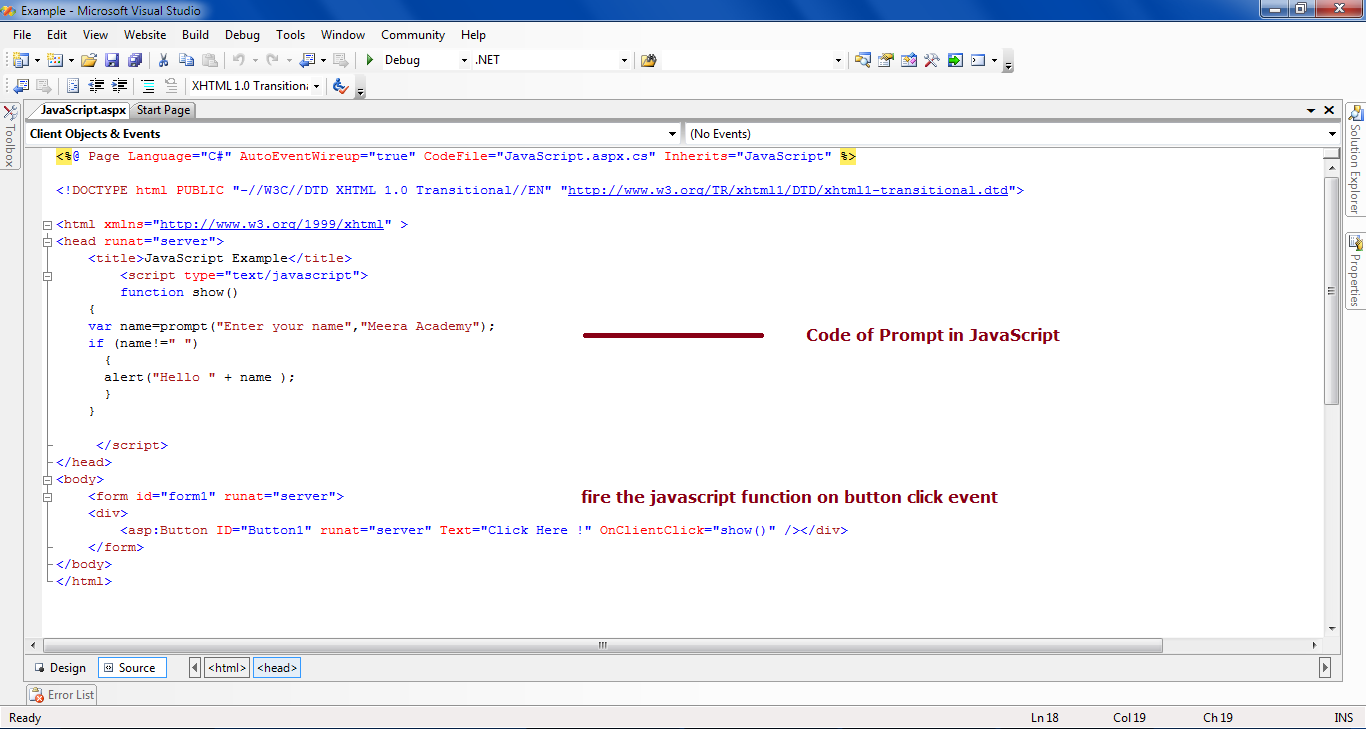
You need to be logged into BugHerd (the website) in the same browser you use BugHerd (the widget).

Make sure you put the script in a Master page or your application-wide layout to ensure the widget is available on all your pages.

To get the best performance out of BugHerd, we recommend placing the embed script in your HEAD tags. There are few simple things to keep in mind, however. The BugHerd widget can pretty much be placed anywhere within your HTML.

Click in the Console, and then type 2+2, without pressing Enter. If necessary, click in DevTools to give it focus, and then press Esc to open the Console. Or, press Ctrl+Shift+J (Windows, Linux) or Command+Option+J (macOS), to directly open the DevTools console. Next, paste the code into the "head" tag of your website and that's it! Simple. 😀 Right-click in a webpage and then select Inspect. Step 2: Paste the code into "head" of your website The required JavaScript code can be copied from the "Install BugHerd" dialogue: Now, follow the on-screen instructions to install Java JRE on your computer. Click Agree and Start Free Download and your download will begin. Obtain the code from the "⚙️ Project Settings" menu, by selecting "install bugherd": Visit and then click on the Download tab. All members and guests you invite to leave feedback need to be logged in to BugHerd to view the sidebar. But with the script embedded in your site, extensions are no longer required - BugHerd is always there ready to use once a user is invited. Although browser extensions are an easy way to get started, any members or guests on your project would need to install them too. First, make sure you followed the instructions on using Babel above.Embedding the BugHerd script directly into your site is the recommended way of using BugHerd. Refer to the official docs to get started. Jest can be used in projects that use parcel-bundler to manage assets, styles, and compilation similar to webpack. Jest is not fully supported by vite due to how the plugin system from vite works, but there are some working examples for first-class jest integration using vite-jest, since this is not fully supported, you might as well read the limitation of the vite-jest. It looks like so: To start a REPL, open your browser and navigate to On the left side of the screen youll see the code of your components, and on the right youll see the running output of your app. Jest can be used in projects that use vite to serve source code over native ESM to provide some frontend tooling, vite is an opinionated tool and does offer some out-of-the box workflows.

Refer to the webpack guide to get started. webpack does offer some unique challenges over other tools. Jest can be used in projects that use webpack to manage assets, styles, and compilation.


 0 kommentar(er)
0 kommentar(er)
